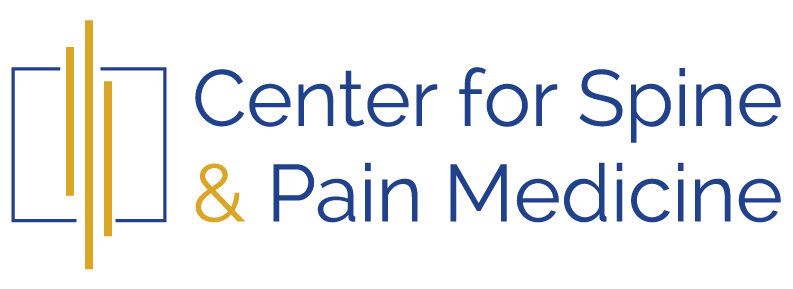
Minimally Invasive Spine Surgery (MISS): A Modern Approach to Back Pain Relief
Minimally Invasive Spine Surgery commonly known as MISS, has transformed how many spine conditions are treated. With smaller incisions and precision tools, MISS offers patients less pain, quicker recovery, and excellent long-term outcomes. In this blog, we’ll break down what MISS is, who it helps, and why it’s reshaping the future of spine care. you.

What Is Stem Cell Therapy?
Stem cell therapy is a form of regenerative medicine that uses the body’s own cells to repair and regenerate damaged tissues. Stem cells have the unique ability to develop into different types of cells, such as bone, cartilage, muscle, or nerve cells, which makes them incredibly valuable in healing injuries and chronic conditions.
In the context of back pain, stem cells are typically harvested from the patient's own bone marrow or adipose (fat) tissue, processed, and then injected into the area of damage, like a degenerated disc, facet joint, or surrounding tissues in the spine.
How Does Stem Cell Therapy Work for Back Pain?
Chronic back pain often arises due to wear and tear of the spine, disc degeneration, herniated discs, or joint inflammation. When stem cells are injected into the affected area, they can:
- Promote tissue repair and regeneration
- Reduce inflammation
- Stimulate new cell growth
- Slow or reverse disc degeneration
The injected stem cells work by signaling surrounding cells to initiate a healing process, potentially rebuilding damaged tissue and providing long-term relief.
Conditions Treated with Stem Cell Therapy
Stem cell therapy may be effective for various back-related conditions, including:
- Degenerative Disc Disease
- Herniated Discs
- Facet Joint Syndrome
- Spinal Arthritis (Osteoarthritis)
- Sacroiliac Joint Pain
-
Sciatica or Nerve Compression
Benefits of Stem Cell Therapy for Back Pain
Here’s why many patients are turning to stem cell therapy:
1. Minimally Invasive
Unlike spinal surgery, stem cell injections are performed using a needle, often under imaging guidance for precision, without the need for incisions or general anesthesia.
2. Natural Healing Process
Since the stem cells are typically harvested from your own body, the risk of rejection or complications is minimal.
3. Reduced Downtime
Most patients can return to normal activities within a few days, making this treatment appealing to those who cannot afford a long recovery.
4. Potential for Long-Term Relief
Instead of masking symptoms like painkillers, stem cell therapy targets the source of pain, offering the possibility of lasting improvement.
What to Expect During the Procedure
- Consultation and Imaging: Your doctor will review your medical history and imaging (MRI or X-ray) to determine if you are a good candidate.
- Stem Cell Collection: Typically done via a small bone marrow aspiration or fat tissue extraction, usually from the hip or abdomen.
- Processing: The collected sample is processed to concentrate the stem cells.
- Injection: The stem cells are injected into the affected area under ultrasound or fluoroscopic guidance.
Recovery and Results
Most patients report gradual improvement over several weeks to months. Pain reduction, improved mobility, and enhanced quality of life are common outcomes. However, results may vary based on the severity of the condition, patient age, and overall health.
Are There Any Risks?
Stem cell therapy is considered safe when performed by a qualified physician using FDA-compliant methods. Still, as with any medical procedure, there may be minor risks such as:
- Mild swelling or soreness at the injection site
- Temporary increase in pain
- Infection (rare)
It is important to discuss potential risks with your provider before starting treatment.
Is Stem Cell Therapy Right for You?
Stem cell therapy is ideal for patients who:
- Have chronic back pain unresponsive to conservative treatments
- Want to avoid spinal surgery
- Are in generally good health
- Prefer a natural, regenerative healing approach
However, it may not be suitable for those with severe spinal instability, infections, or certain medical conditions.
Cost and Insurance
Stem cell therapy for back pain is typically considered elective and not covered by insurance. Prices can range from $5,000 to $10,000 or more, depending on the provider, location, and procedure complexity.
Conclusion
Stem cell therapy represents a promising frontier in the treatment of back pain. By tapping into your body’s natural ability to heal, this innovative approach offers a potential solution for those seeking long-term relief without surgery. If you're tired of temporary fixes and want to explore a regenerative path to recovery, it may be time to talk to a specialist about stem cell therapy.

